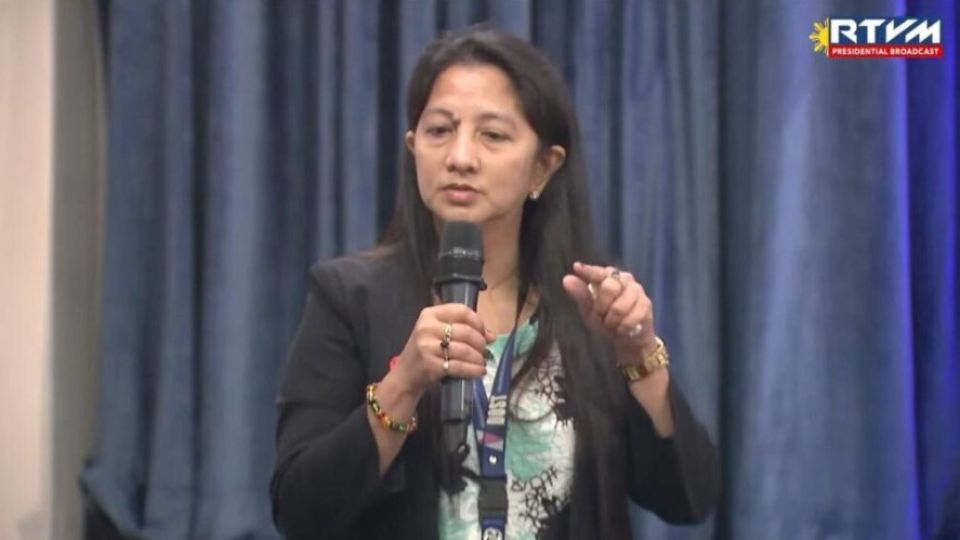March 27, 2024
MANILA – More tropical cyclones can be expected in the country in the latter part of 2024 during the possible La Niña season.
This was according to an expert from the Philippine Atmospheric, Geophysical, and Astronomical Services Administration (Pagasa) on Tuesday, March 26.
READ MORE:
El Niño, La Niña together? What to know
9 areas log dangerous heat index, says Pagasa
“During La Niña po ay usually po, medyo mas dumadami yung bilang ng ating bagyo since yun pong pag-init ng temperatura ng karagatan malapit yung pag-init sa atin, so therefore possible yung potential tropical cyclone development na mas malapit na karagatan sa atin,” said Pagasa Climatology and Agrometeorology Division officer-in-charge Ana Liza Solis during a Palace briefing.
(During La Niña, the number of tropical cyclones usually increases since the sea temperature is warmer; therefore, the potential for tropical cyclone development is closer to us.)
READ MORE:
La Niña Watch issued, El Niño weakened, says Pagasa
El Nino waning, La Nina to develop in second half of 2024
Department of Science and Technology (DOST) Secretary Renato Solidum Jr. also said that there is a 62 percent chance of the La Niña phenomenon developing from June to August.
The condition leading to La Niña is characterized by below-average rainfall, which delays the rainy seasons.
Solidum said that this spells a shorter preparation time for communities about to be hit by tropical cyclones.
“Ibig sabihin niyan, mas maikli yung lead time. Itong bagyo, mas malapit, mas konti lang yung panahon natin maghanda, so dapat handang-handa tayo parati sa mga bagyo,” said Solidum.
(That means there is a shorter lead time. The tropical cyclone is closer, so there is less time to prepare, so we need to be prepared all the time.)


